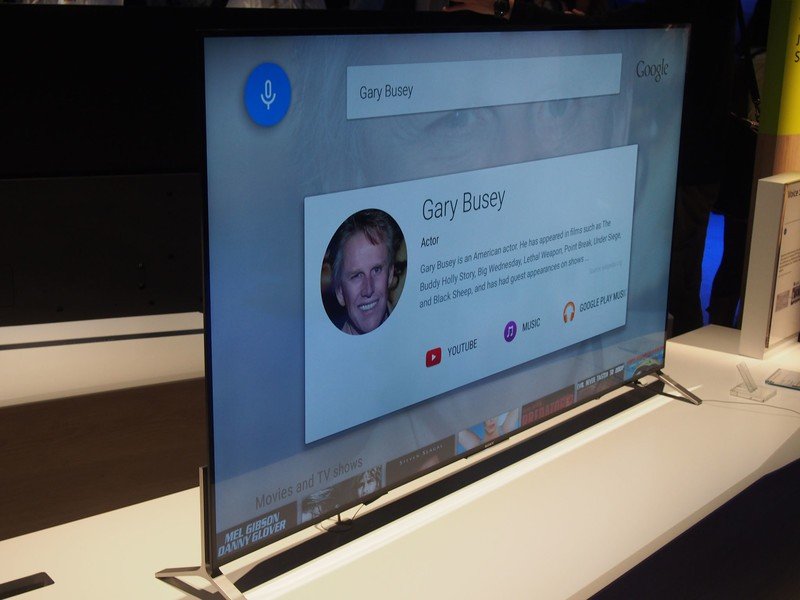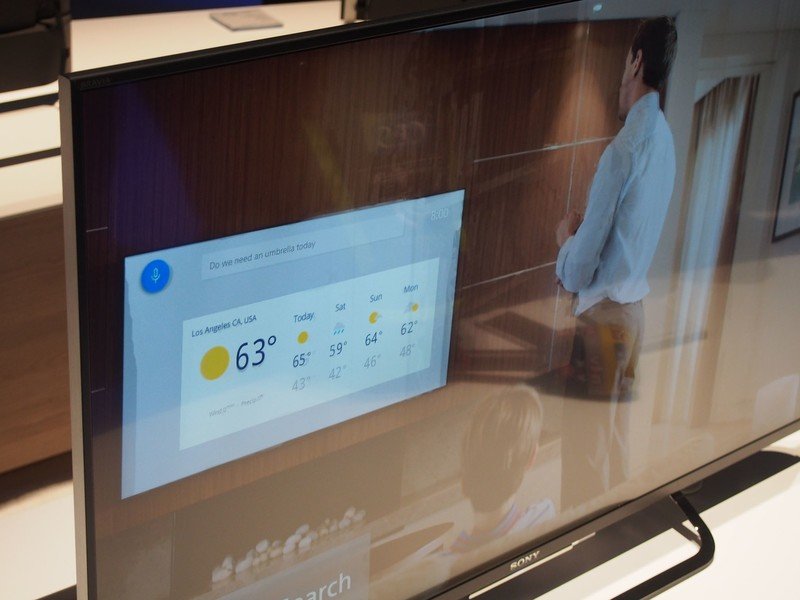First look at Sony's 2015 Bravia TVs with Android TV

Sony commits to Android TV for its entire 2015 line, intros sets thinner than a smartphone
Today at CES 2015 in Las Vegas Sony revealed that its entire 2015 Bravia line will run Google's Android TV OS. Although Sony has been onboard with Android TV for some time, this commitment to the platform from an industry giant like Sony is a big deal. And following today's press conference we were able to get a first look at the flagship X900C sets running the familiar Android 5.0 Lollipop TV interface.
Coming in 55-, 65- and 75-inch varieties, the X900C series take advantage of Sony's new X1 image processing chip to enhance contrast, boost dynamic range and tune colors in 4K content. The sets use Sony's flick remote, first seen alongside 2014 Bravia TVs.
Lollipop's leanback UI brings a familiar experience to Sony's new TVs.
Android TV brings a familiar experience to Sony's new TVs, in the form of Android 5.0 Lollipop's "leanback UI". This is virtually identical to what you'll find on other Android TV devices like the Nexus Player, though Sony will be bringing its content portfolio to the platform through its Music Unlimited and Video Unlimited services. What's more, Sony's "one flick entertainment" navigation bar, first introduced in 2014, will bring an additional scrolling bar into the mix, allowing quick selection of entertainment content.
Beyond that, Sony was keen to highlight Android TV's voice control and voice search capabilities, as well as Google Cast integration, which like the Chromecast streaming dongle allows smartphones to beam content from various online sources to TVs.
Perhaps the most impressive thing about some of these new TVs is their sheer thinness, measuring in at just 4.7mm at their thinnest point, the flagship X900C series are thinner than the company's Xperia Z3 smartphones, as you'll see in our photos below.












Be an expert in 5 minutes
Get the latest news from Android Central, your trusted companion in the world of Android

Alex was with Android Central for over a decade, producing written and video content for the site, and served as global Executive Editor from 2016 to 2022.
